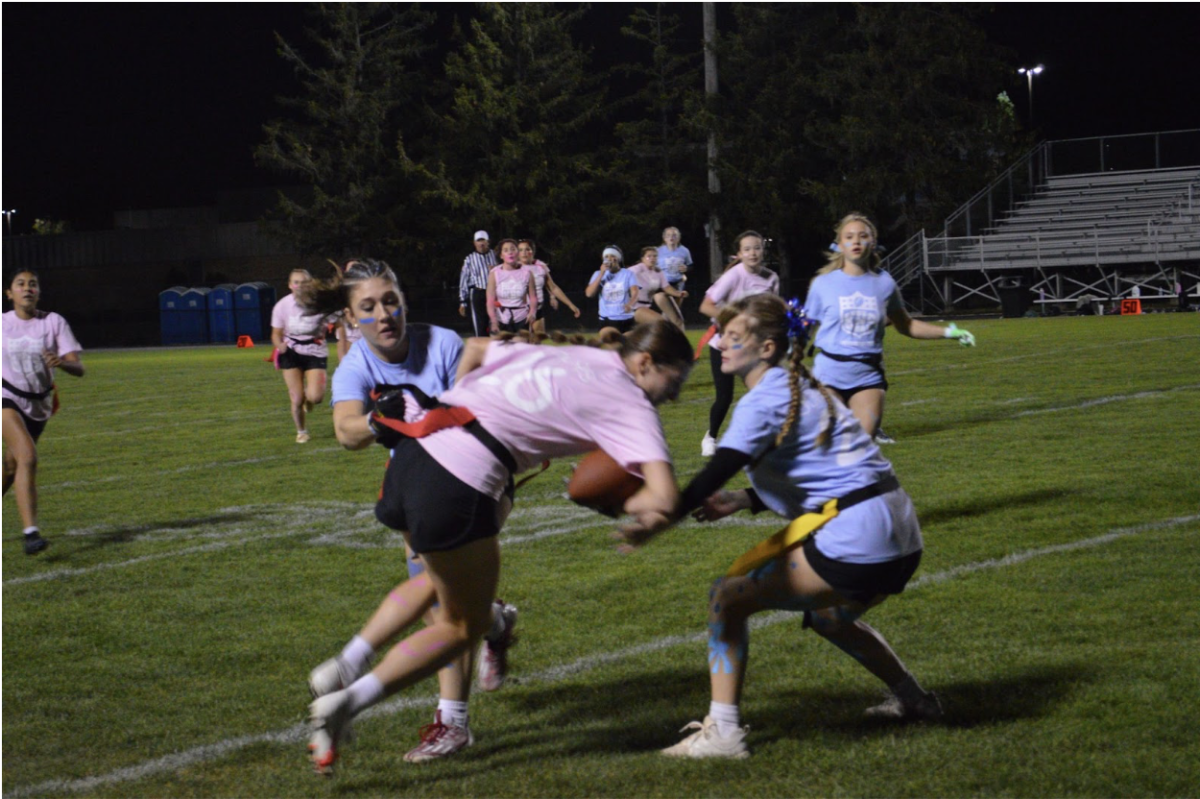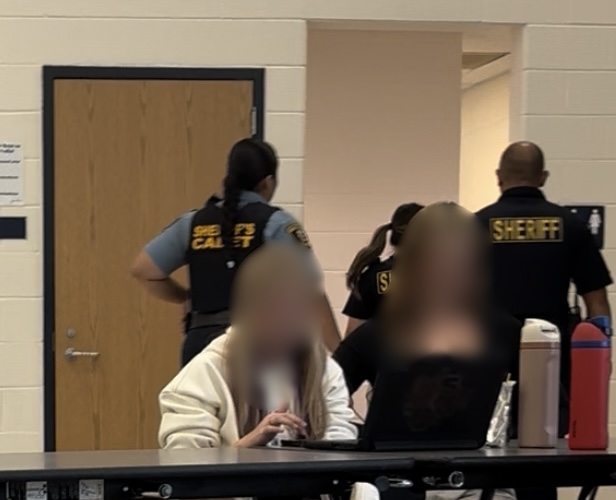There have been many positive changes made to Kaneland’s homeroom program this year. Lessons have been moved to only once a month, and students can now seek help from teachers and counselors during this period every day through a responsive scheduling program. However, along with these changes for the better, this year every student and teacher has unfortunately been moved to a different homeroom class group than they were in the past two years.
This change was not communicated to the students and parents until the school year started. Even now, the reasons for the change are rather ambiguous, and neither students nor parents were given a clear explanation. While there have not been any surveys conducted to provide data on student opinions, many have expressed unhappiness with the unexpected change.
“The only feedback that I have gotten is that people were disappointed that their homerooms changed, and people were worried about the new students that were in their homeroom,” guidance counselor Anne Kuntz said.
When the homeroom program was introduced in 2022, students, parents and teachers were told that a teacher would get a group of students for homeroom and have them for their entire four years of high school. This sudden change in groups was shocking and confusing to many people.
Kaneland’s class of 2026 will be the first class to have homeroom as a part of their schedule for all four years. Their freshman year, the 2022-23 school year, each student was given a designated homeroom. The next year, there were some small changes and a couple homerooms in odd locations, such as the black box theater, that were broken up. Those kids were divided and moved into new homerooms. However, most students were unaffected. This year those students are juniors, and they have all been moved to different homeroom classrooms with different students.
They were not the only ones affected by this year’s change. All students who were at Kaneland both this year and last year have new homeroom groups. They had spent the last two years connecting and forming relationships with each other, and now they would have to do it all over again.
“When it was introduced to staff, we were told we were going to get a group of kids and keep them for their four years and really get to know them and build relationships,” social studies teacher Jessica McNally said. “Every year that we have had it, they’ve changed how it works. They’ve changed, for some [teachers], the students they’ve had, so I just don’t think it’s providing that opportunity.”
McNally had mostly the same group of students for the last two years when they were juniors and seniors. This year, she expected to get a new group of freshmen who she could get to know. However, she was surprised with another group of juniors.
“I like them. My last homeroom was so quiet, but this group is a lot more friendly,” McNally said.
Like most classes, no two homerooms have the same vibe or energy. Different mixes of students and teachers create different types of environments. One type of homeroom environment is not necessarily better or worse than the other, but, for the most part, we, as humans, like the feeling that a stable and predictable environment provides.
“Habits are our brain’s way of increasing its efficiency,” according to an article titled Psychology of Habits by The World Counts. “Our brain turns daily actions and behaviors into habits, so we would do them automatically and without too much thought, thus freeing up our brainpower for other more important challenges.
Habits are important to our human brains. They make our lives a little easier because then we do not have to think about every little thing we do each day. When attempting to break a habit, you have to actively think about doing the opposite of that. When a habit is changed, the brain has to work extra hard to keep up with the changes.
“There are many research studies that have been done on how change impacts people,” Kuntz said. “And those studies have shown that change is hard on people and there is a graph that is widely understood to represent the process of how someone adapts to change. And it’s not a straight line.”
When a person encounters a change in their life, whether it is good or bad, they have to adapt. This is instinctual, and we don’t even know it’s happening. At first, we seem to be coping really well, but as time goes on we will eventually burn out. This is called an implementation dip. This is the moment when your brain is overwhelmed by all the adapting it has been doing and so it crashes. Afterward your brain will be stronger than it was before, but the implementation dip is troublesome for you in the short term.
When homeroom was introduced at Kaneland, it was supposed to be a stress free period to regroup and help with mental health. Students can use the period to do work, visit teachers or hang out with friends. The change in the homeroom structure has impacted students’ ability to do those kinds of things. People are now in classrooms that might be on the opposite side of the school than they were before.
This change has caused students’ brains to have to work a little harder on something unnecessary. Students who go to different teachers’ classrooms for assistance have had to plan new routes around the school. Some were helped by their former homeroom teacher and now have to move when they never had to before.
An article by Dr. Helena Boschi on welldoing.com about the neuroscience of change talks about what goes on in your head when you make a decision. She says that decision making can occur rapidly in the brain, but a change in decision is much harder. Even harder than that is changing a pattern of behavior or habit.
The beginning of the school year brings many changes to all people’s routines. It is a lot for our brains to deal with as it is, and we should not change small things unnecessarily. This can lead to people being overwhelmed.
“I don’t think change for the sake of change is good,” Kuntz said.











